Health Promotion and Community Resource: Breast Cancer Genomics Report
VerifiedAdded on 2023/01/19
|16
|1283
|39
Report
AI Summary
This report provides an overview of breast cancer genomics, focusing on the increased risk after age 40, particularly in women over 70, and the median age of diagnosis. It discusses genetic factors like BRCA1 and BRCA2, symptoms, and the impact on elderly women. The report explores approaches to optimize health disparities, including new genomic approaches and personalized medicine. It emphasizes health education, patient- and family-centered care, and the role of interdisciplinary health professionals in providing support and treatment. The report also highlights the involvement of organizations like the WHO in promoting breast cancer control and screening programs, and the importance of health professionals in various aspects of cancer care, including treatment and emotional support. References from various studies are also provided.
1 out of 16
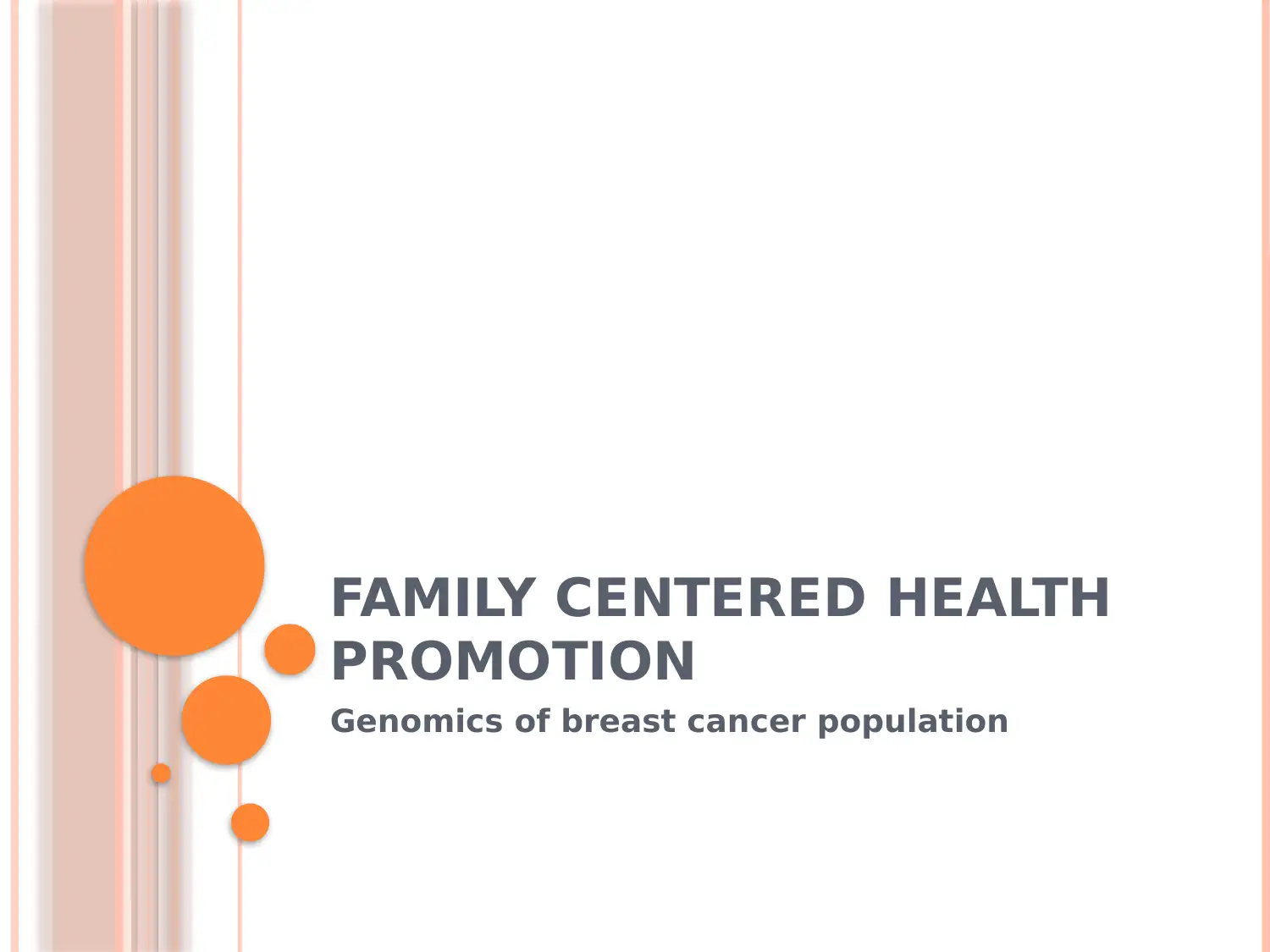
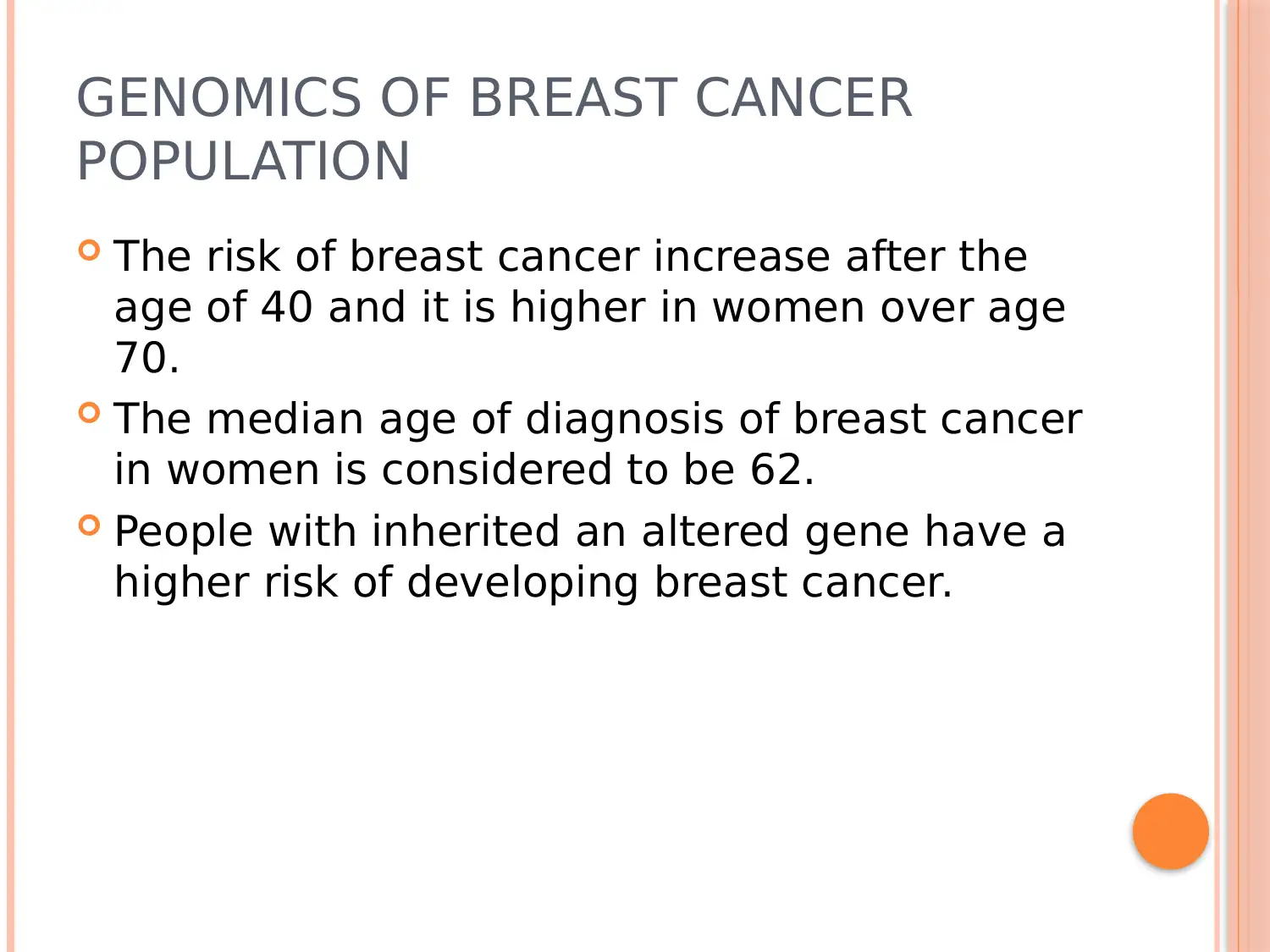
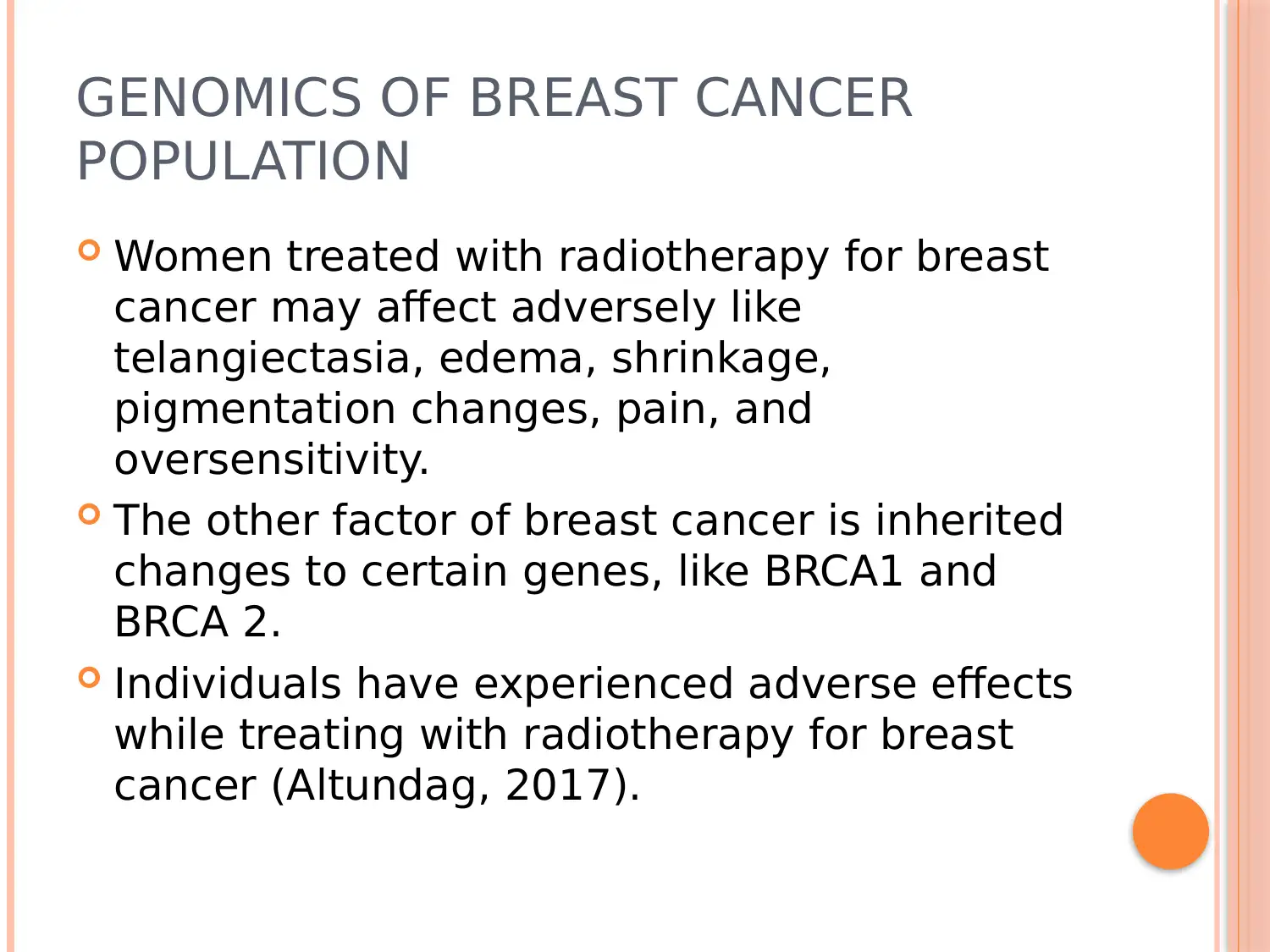

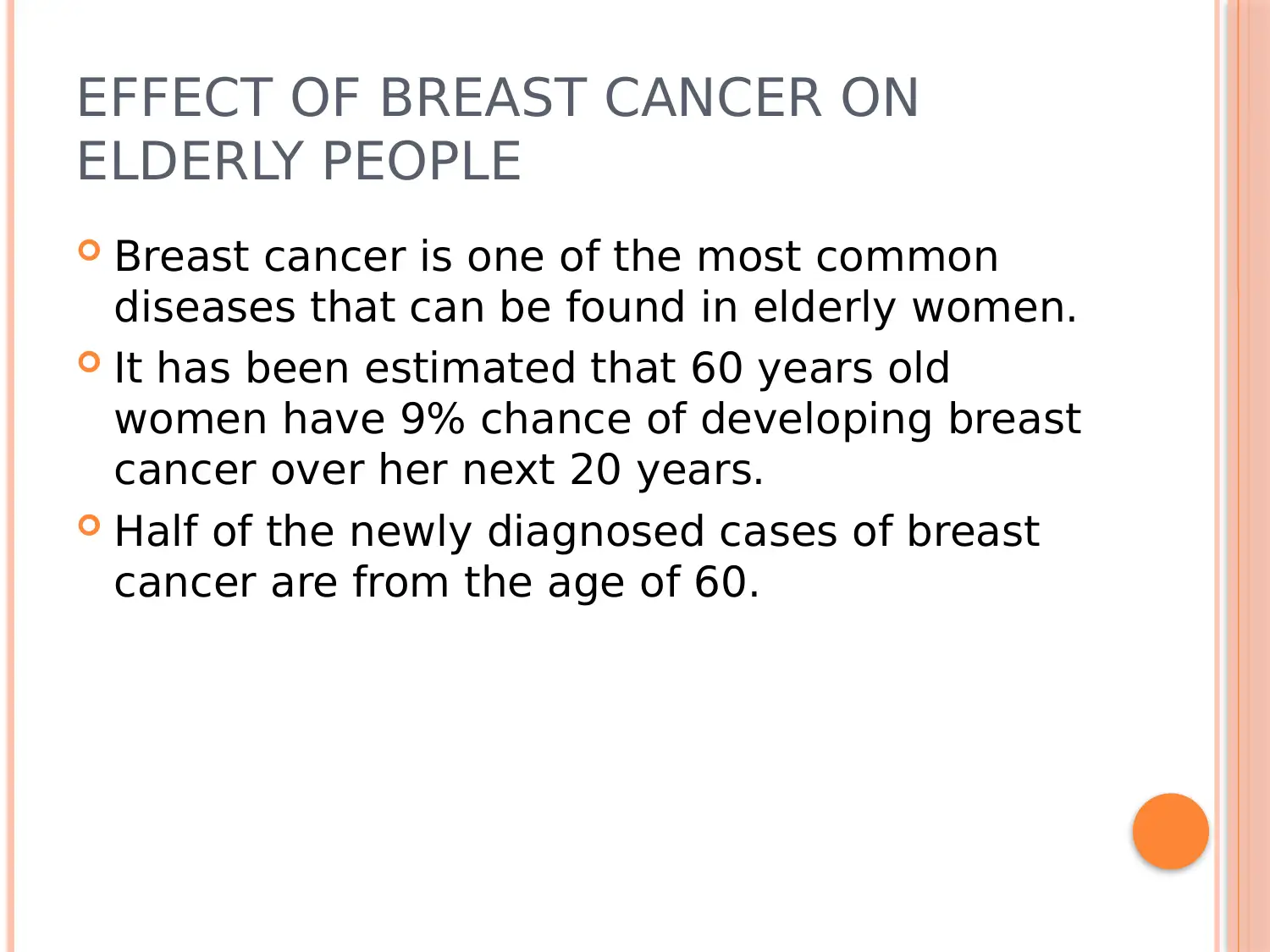
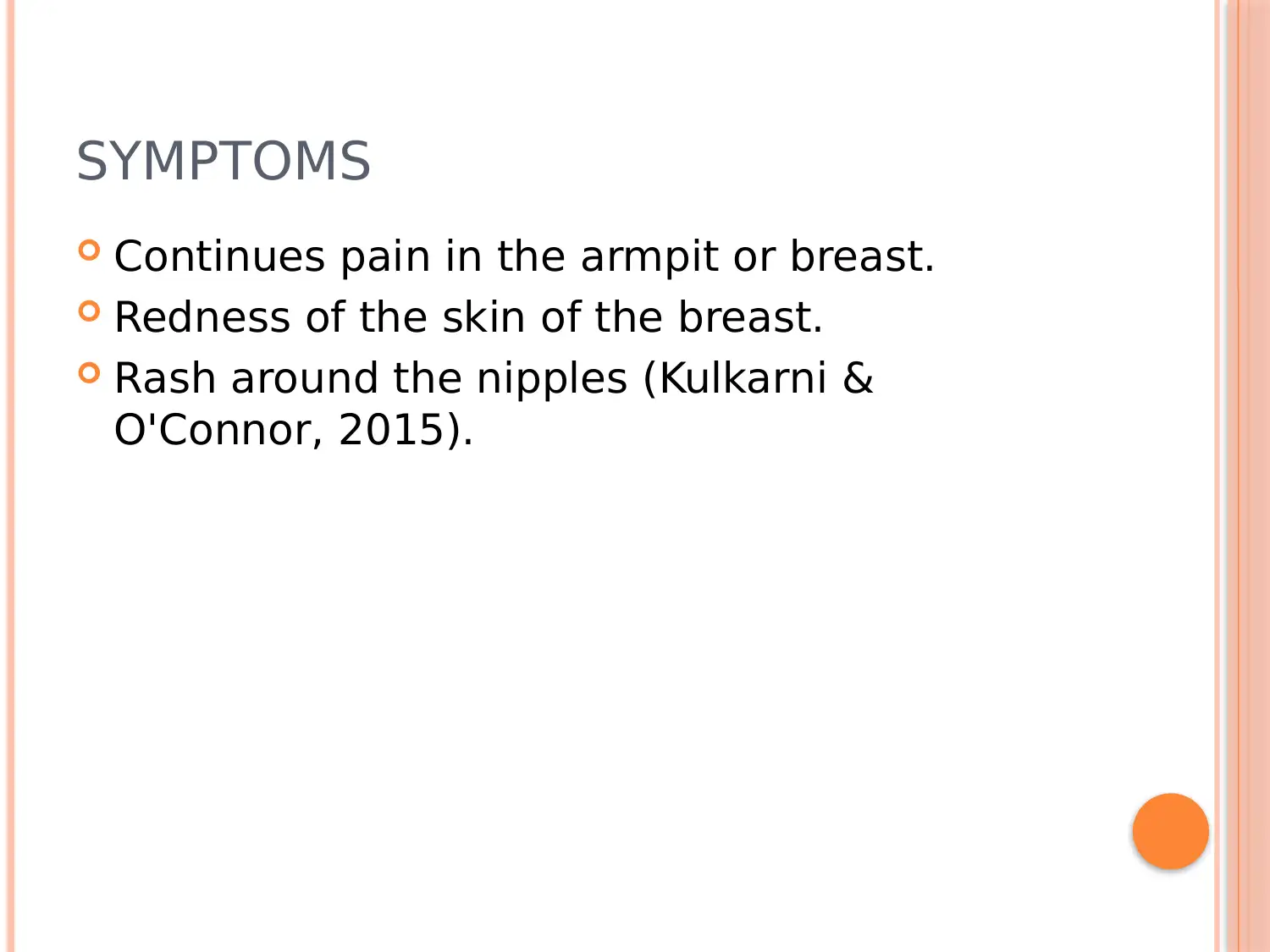
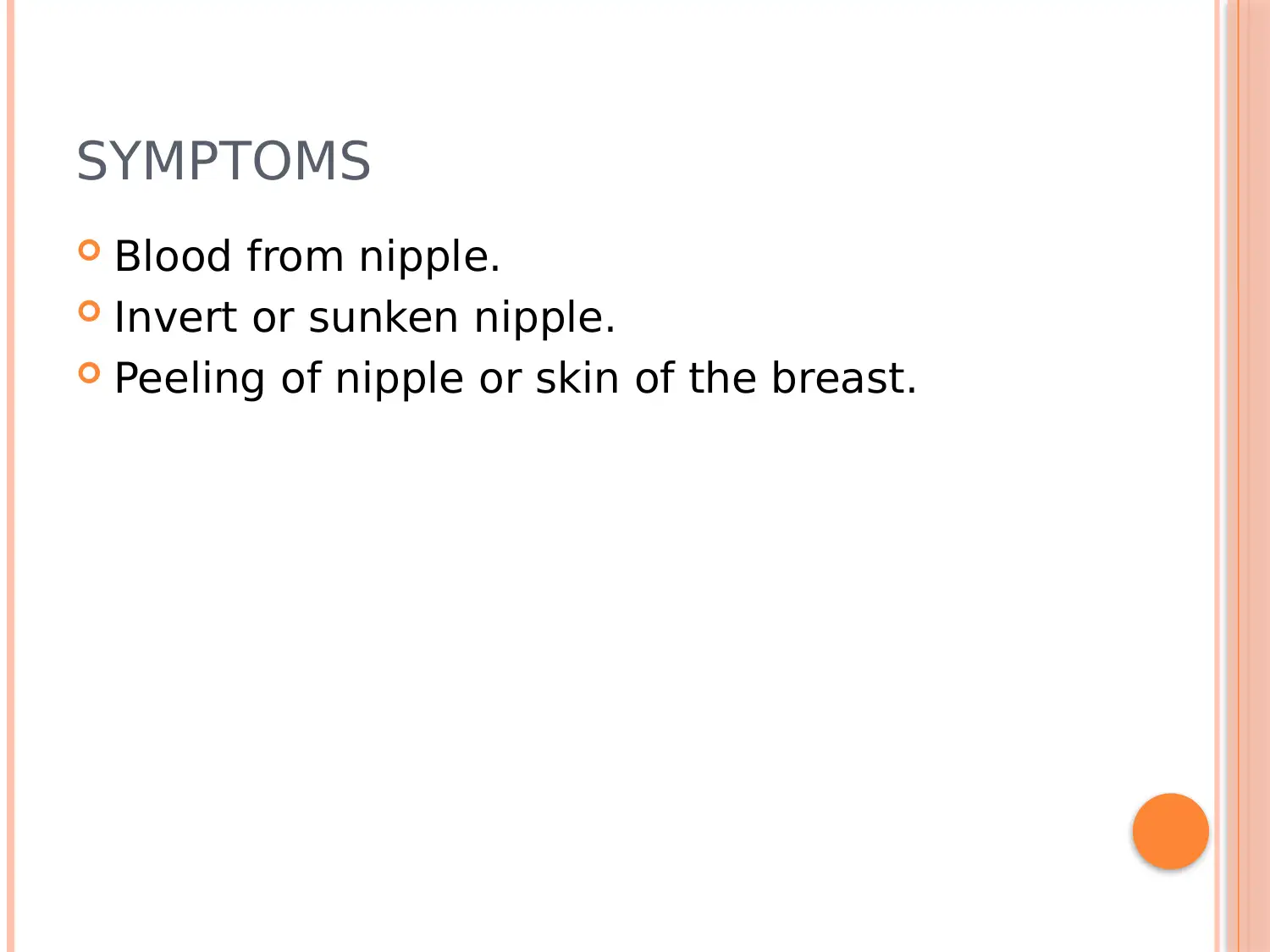
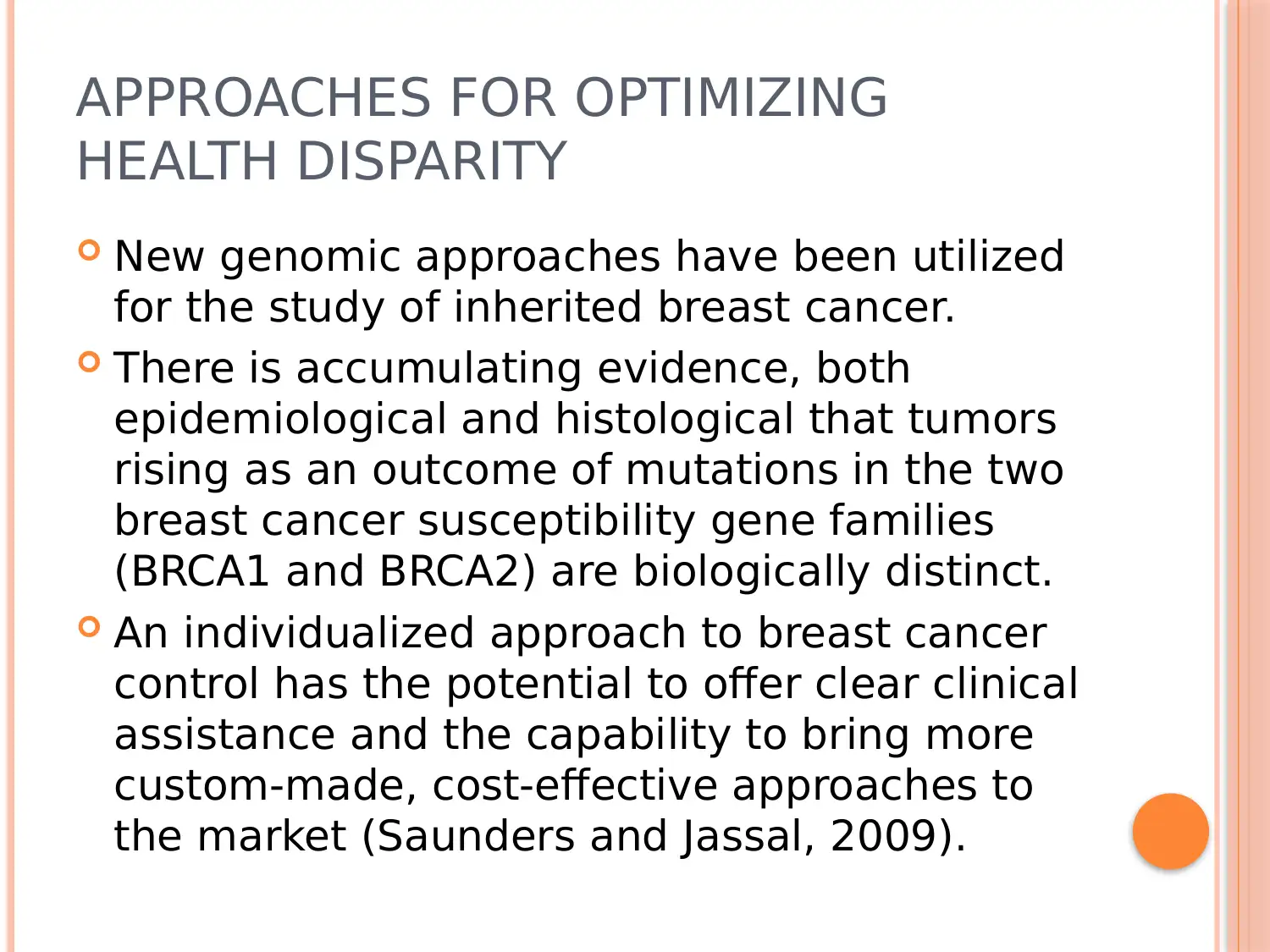
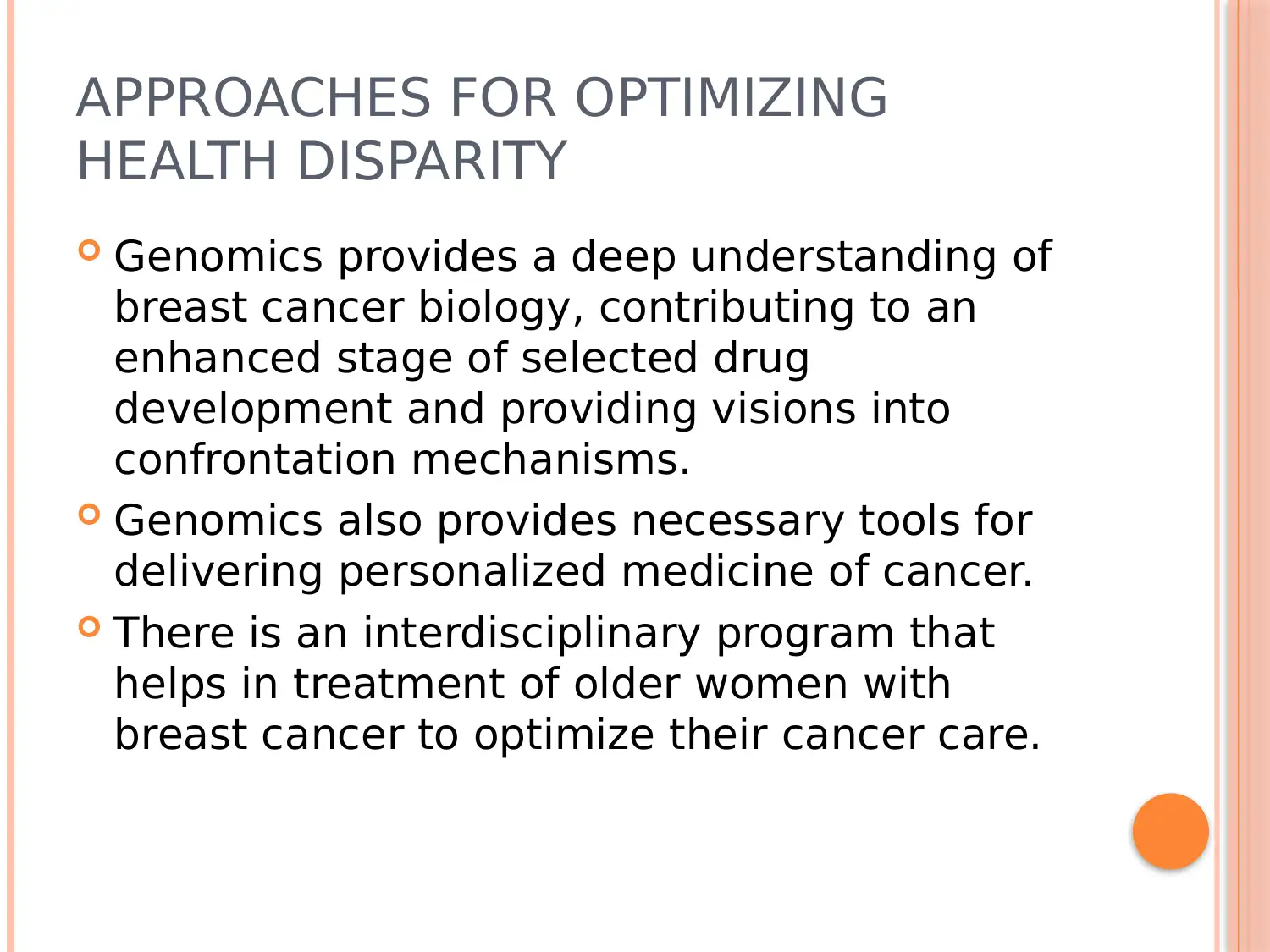
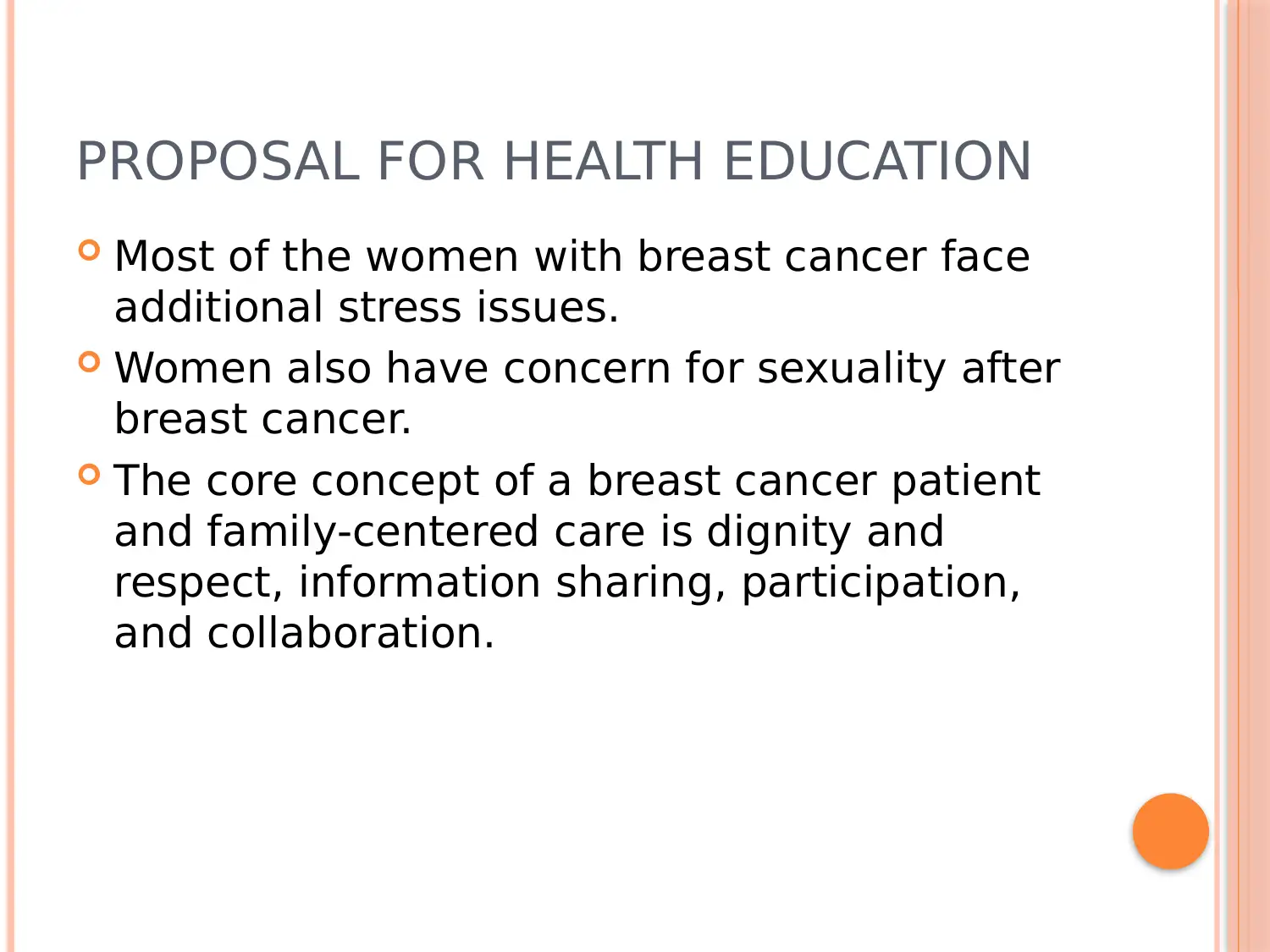
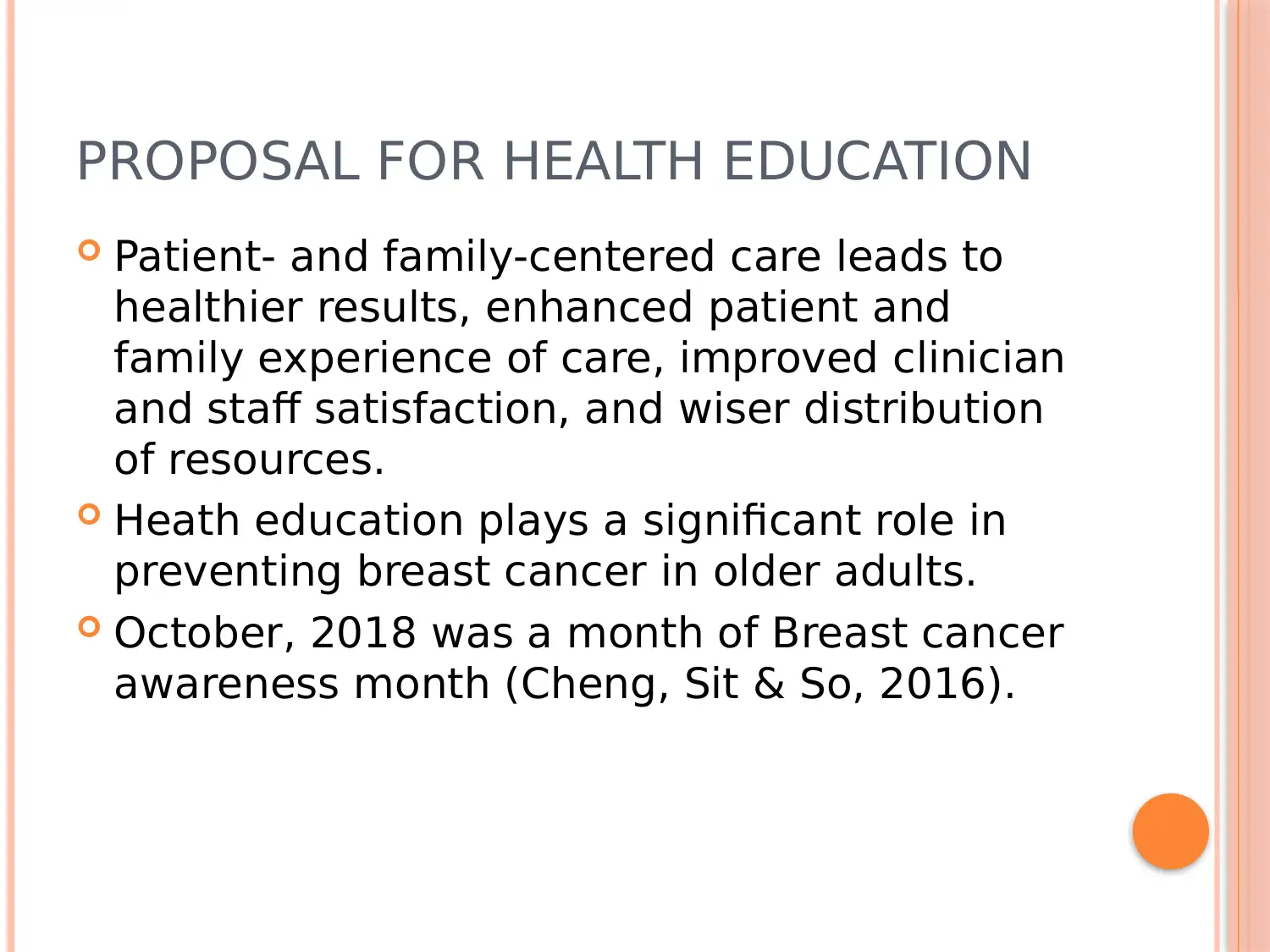
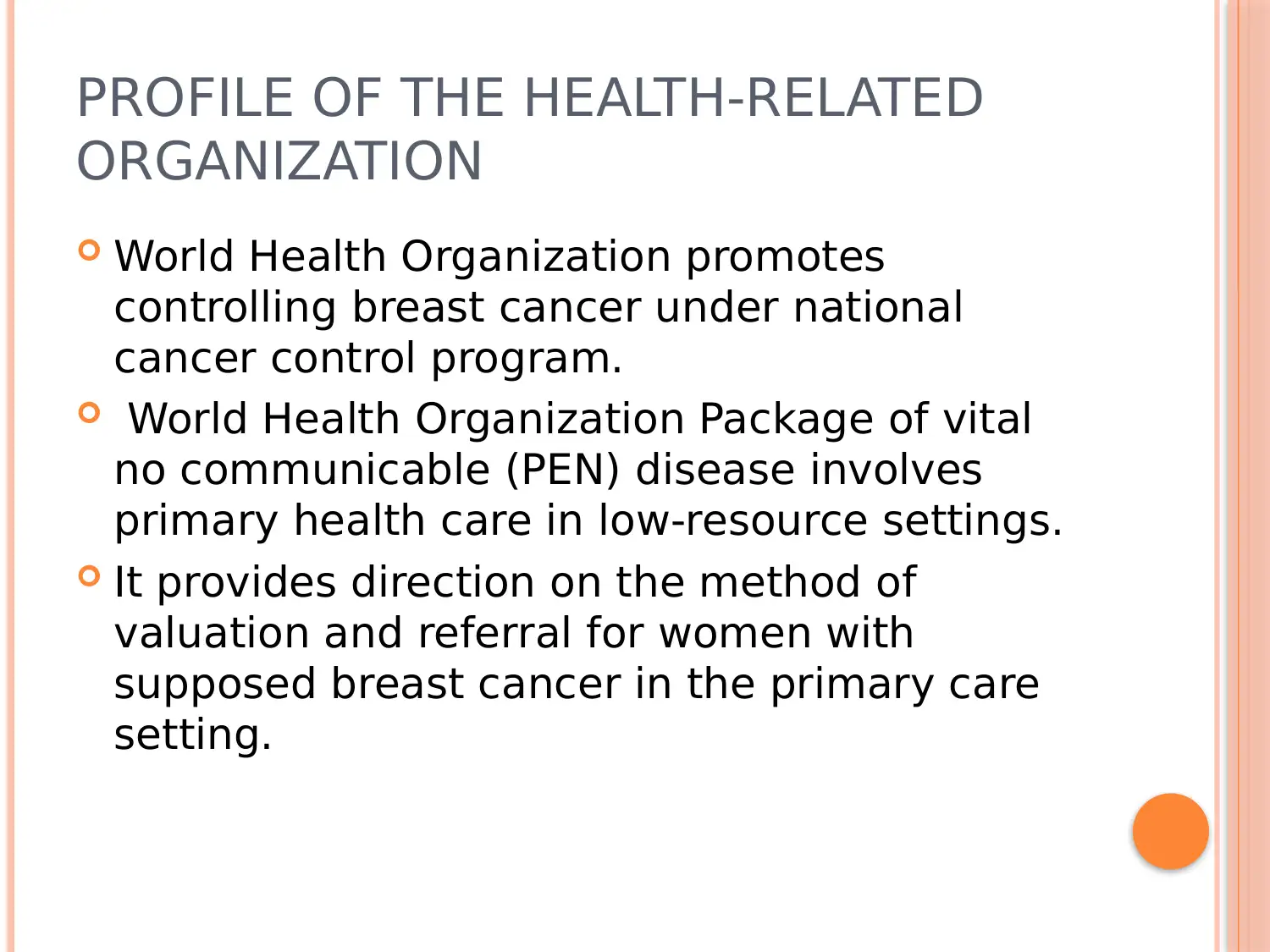
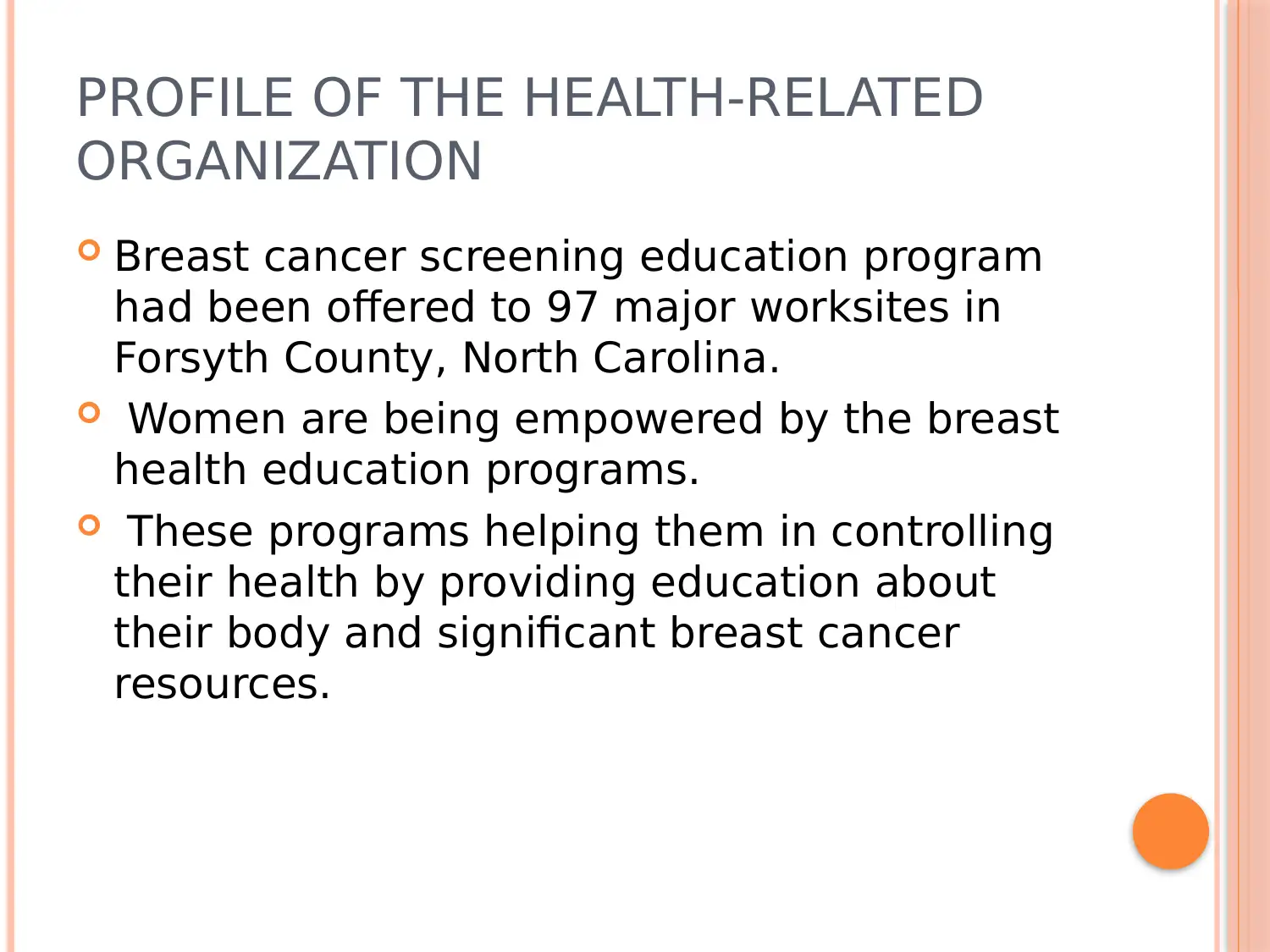






![[object Object]](/_next/static/media/star-bottom.7253800d.svg)